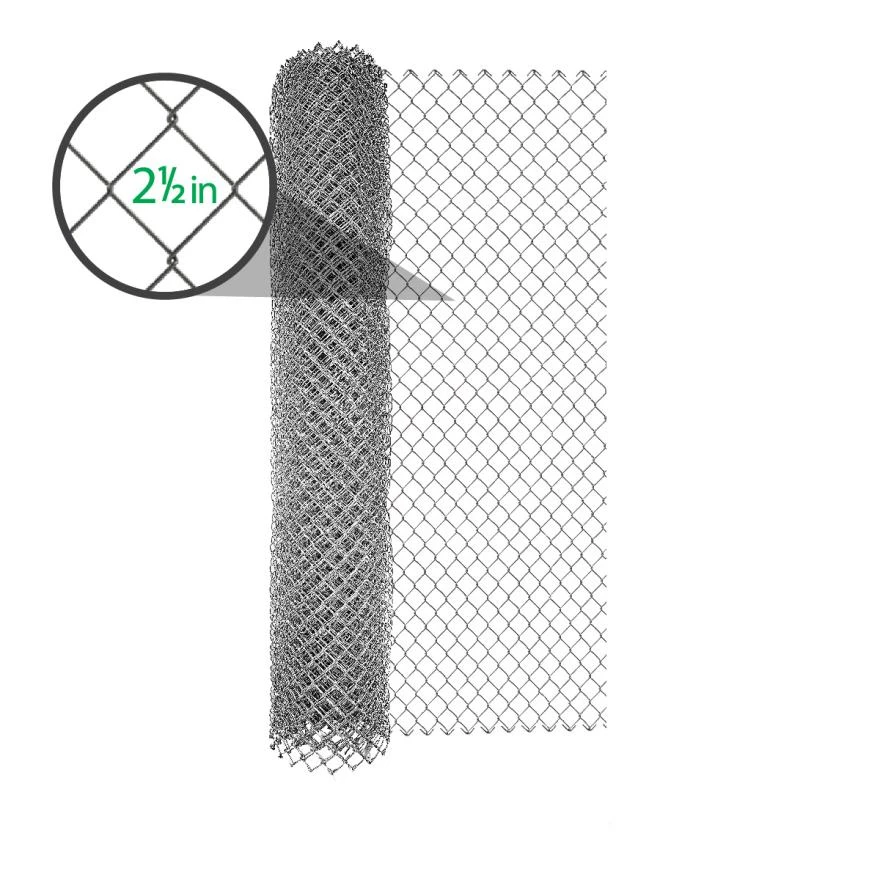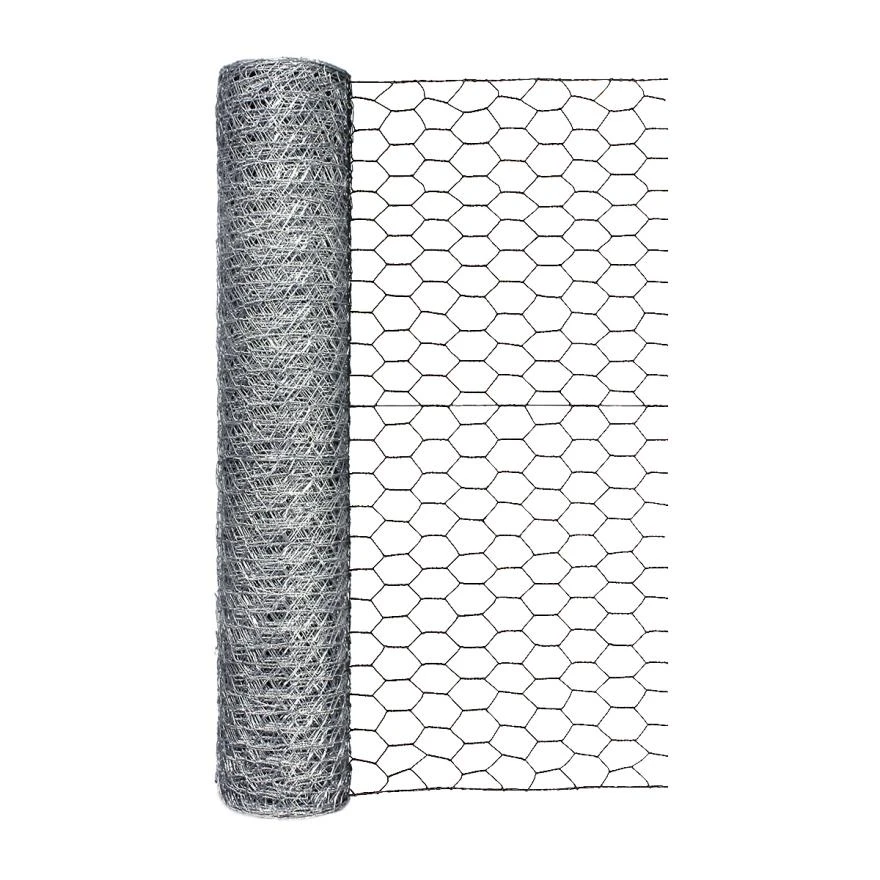Ensuring Safety with Effective Robot Safety Barriers for Work Environments
Nov . 10, 2024 18:35
The Importance of Robot Safety Fences in Industrial Automation
In today's fast-paced industrial environment, automation has become a cornerstone of efficiency and productivity. Robots play a crucial role in various manufacturing processes, from assembling products to packaging and material handling. However, with the increased reliance on robotic systems comes the need for stringent safety measures to protect human workers and ensure seamless operations. One such vital safety measure is the implementation of robot safety fences.
Understanding Robot Safety Fences
Robot safety fences are physical barriers designed to create a designated safe operating space for robotic systems while protecting workers from potential hazards. These fences serve multiple purposes they safeguard human workers from moving parts of robots, limit access to high-risk areas, and ensure compliance with regulatory safety standards. By establishing a clear boundary between human operators and automated systems, safety fences significantly reduce the risk of accidents and injuries.
Why Robot Safety Fences are Essential
1. Preventing Accidents The primary purpose of robot safety fences is to prevent accidents that can occur when humans and robots share the same workspace. Industrial robots operate at high speeds and can exert tremendous force, posing risks such as collisions or entrapments. Safety fences minimize these risks by restricting access to areas where robots are active.
robot safety fence

2. Ensuring Compliance with Regulations Many countries have strict regulations governing workplace safety, especially in environments where robots are used. Compliance with these regulations is not only a legal requirement but also promotes a culture of safety within organizations. Robot safety fences help companies adhere to these guidelines by providing a clear, physical demarcation of safe zones.
3. Improving Productivity While it may seem that safety measures slow down operations, in reality, they can enhance productivity. When workers know they are safe from potential hazards, they can focus more on their tasks without the distraction or fear of injury. Moreover, well-designed safety systems can allow for concurrent operations, where robots and humans can work efficiently without interfering with each other.
4. Customizable Solutions Robot safety fences come in various designs and materials, making them customizable to fit different workspace needs. Whether it's a temporary enclosure for a specific task or a permanent barrier around a robotic assembly line, companies can choose solutions that best suit their operational requirements. Options range from lightweight mesh screens to robust solid panels, ensuring that safety measures can be adapted to the specific demands of various tasks.
5. Easy Integration with Existing Systems Many robot safety fences can be seamlessly integrated with existing robotic systems and machinery. This compatibility allows for straightforward implementation, minimizing downtime during installation. Additionally, modern safety fences can incorporate sensors and alarms that provide real-time feedback, enhancing the overall safety framework of the workspace.
Conclusion
As industries continue to adopt advanced robotic technologies, the need for effective safety measures becomes increasingly critical. Robot safety fences play an essential role in creating a secure working environment, protecting employees from potential hazards and ensuring compliance with safety regulations. By investing in comprehensive safety solutions, companies can foster a culture of safety while maximizing productivity and operational efficiency. In an era where automation is key to success, prioritizing worker safety with robot safety fences is not just a choice—it's a necessity. The future of industrial automation lies in harmonious collaboration between humans and robots, and safety measures will be the cornerstone of this partnership.









 Unity
Unity Creation
Creation Challenge
Challenge Contribution
Contribution










